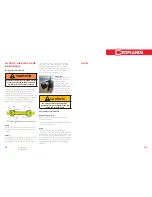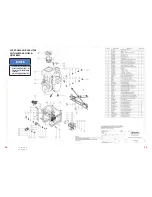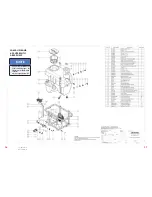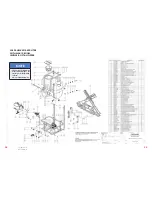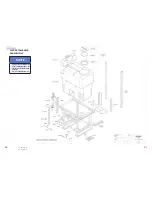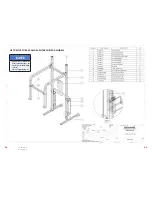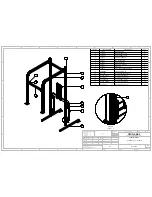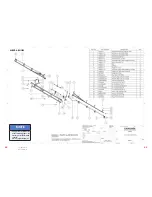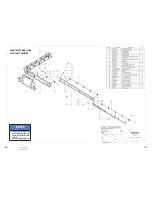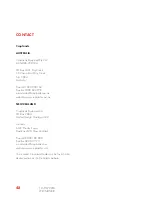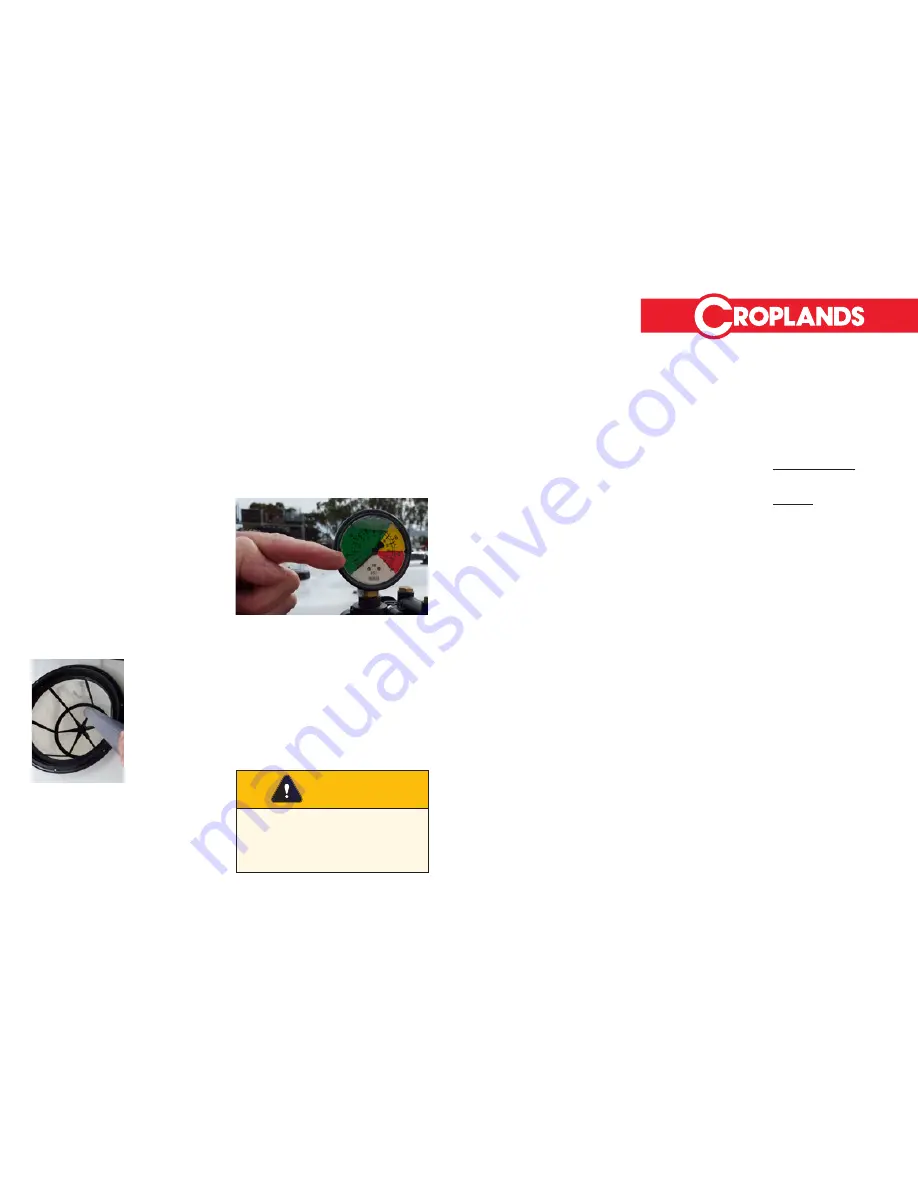
30
31
18/09/2016
LP-OMLINK-B
SECTION 7: DAILY START UP
AND USEFUL FORMULA
Daily start up procedure
A careful, common sense approach to water quality,
mixing of chemicals and care of filters, hoses and
tank will ensure trouble free spraying.
To ensure trouble free operation, follow the
procedure below at the start of each day:
1. Ensure that no solids enter the system to block or
damage pump or nozzles.
2. Check that suction line filter is clean and not
damaged. It should be checked & cleaned
regularly (see Page 21 for more information). Be
careful not to damage or deform the mesh or
O-Ring while cleaning and refitting the suction
line filter. If a filter screen is damaged, replace
with a new screen.
3. Put enough clean
water into the spray
tank to operate the
pump and hand gun
or boom (if fitted).
The tank can be
fully filled once your
start up check is
completed.
4. Activate the pump (see Page 19 for tips on
start up).
5. If fitted, adjust the pressure relief valve to obtain
the required pressure. Excess liquid will bypass
back to the tank. Once the pressure is set, it is
normal for minor fluctuations to show on the
pressure gauge when switching the hand gun or
boom on & off if you have these options fitted.
For more information on your pressure control unit,
refer to Page 22 or the separate manual supplied
for electric controls (if fitted).
6. Check that all hoses, hose clamps and
connections do not leak. Repair or replace
damaged components.
7. Read and follow the instructions on the chemical
manufacturers label before mixing and adding
chemicals to the spray tank. For safety information
refer to section 3 in this manual.
8. Add chemical to the tank and proceed with your
spraying application.
Operating Pointers
While spraying continually observe that:
1. Adequate operating pressure is being
maintained.
2. Your hand gun coverage is correct and constant
for effective cover and that your nozzle is
operating correctly (if you have a hose reel &
gun fitted).
3. Periodically check and clean filters – between
tanks is ideal
4. Your boom height is maintained at the correct
height above your target (if you have a boom
fitted).
5. Avoid going too slow because over application
will occur. Conversely, avoid going to fast
because under application will occur. Refer to
your calibration information.
CAUTION
Do not add chemicals to the spray tank
until the initial start-up or daily start-up
procedure has been carried out. This avoids
having a tank full of chemical mix and then
finding a sprayer problem
Useful Formula
1. Calculating the Tank Spray Area
Use this formula to calculate the area each tank full
of spray will cover.
Area Covered (ha)= Tank Volume (litres)
Spray Application Rate (L/ha)
eg.
300 (litres)
100
(L/ha)
= 3 hectares.
2. Calculating the Total Liquid Volum Required
Use this formula to calculate the amount of spray
liquidrequired to spray a given area.
Total Liquid Volume Required (litres)
= Area (ha) x Spray Application Rate (L/ha)
eg.
2 (Ha) x 100 (L/ha)
= 200 litres required
















